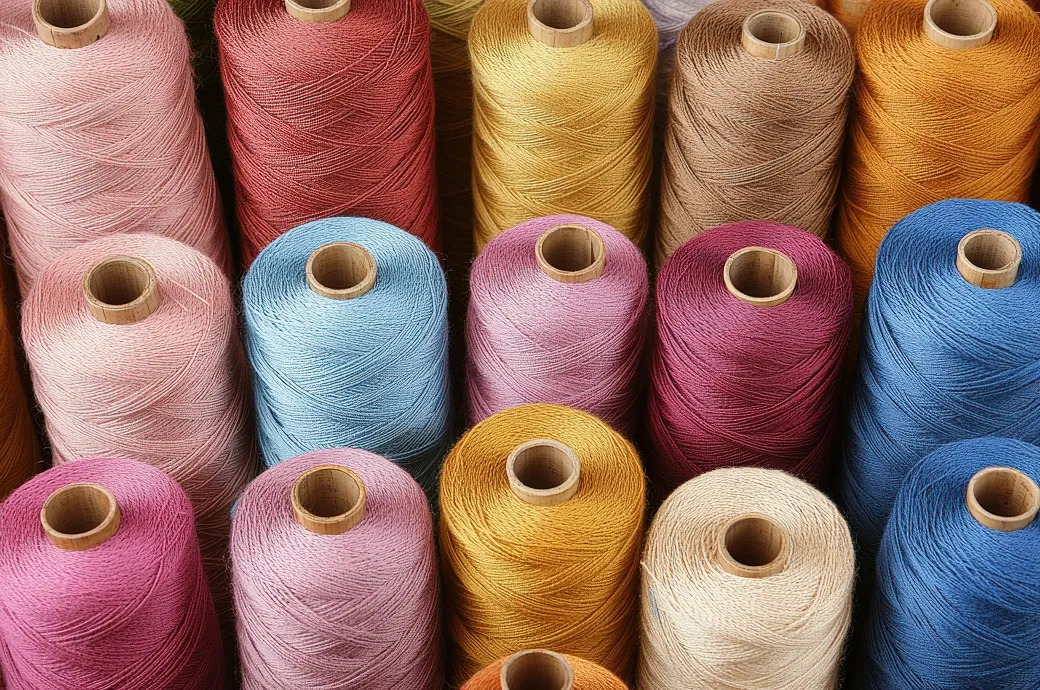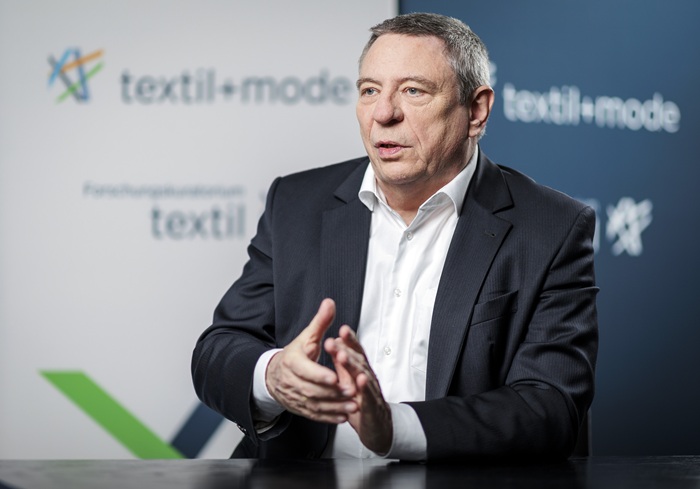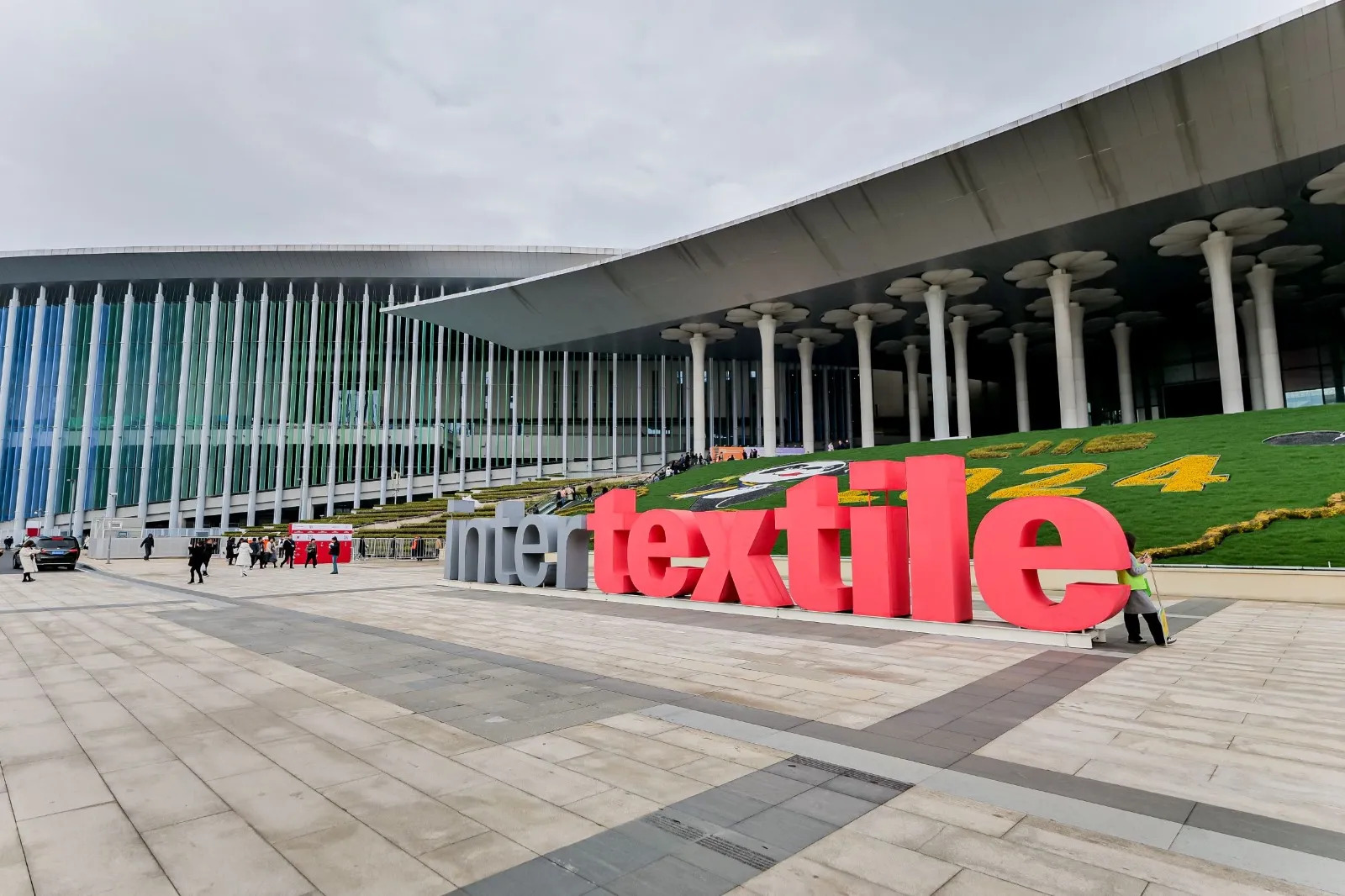FW
US outdoor clothing business Patagonia has called upon business leaders to get behind regenerative organic agriculture and refuse to accept green washing or cheaper alternatives. This move would reduce emission of greenhouse gases and help in avoiding environmental catastrophe. The Better Cotton Initiative is among textile standards singled out for not going far enough.
Rose Marcario, President and CEO of Patagonia, claimed that a growing number of corporations, researchers, journalists and practitioners are increasingly using terms such as regenerative, restorativAe and sustainable almost interchangeably without any clear sense of what we're talking about. She also bemoaned the fact that sustainable' claims are combined with conventional (non-organic) farming which defeats the purpose entirely. How can you rebuild soil ecosystems while simultaneously pumping the soil with pesticides and herbicides? she querried.
She cautioned people by saying that one shouldn't tolerate the watering down of agricultural practices that hold potential for enormous benefit to our suffering planet. The risks are too great. Meaningless terms with little or no concrete definition inundate consumers at every turn (even the label 'organic' can be slippery), causing confusion.
Even though Pakistan has lifted the ban imposed on cotton imports from India, exporters of the commodity are unable to capitalise on the move. Of the initial three million export orders in the October to December period, 1.5 million bales were exported to Pakistan last year. However, with daily arrivals still under at present, exporters are unable to secure new orders.
Pakistan had banned cotton imports from India in the fourth week of November on quality issue but after the industry urged the government, they lifted the ban a few days ago. According to Indian cotton industry, Pakistan may import about 700,000-800,000 bales of cotton in 2016-17. Last year, India exported 2.5 million bales of cotton to Pakistan which was facing crop failure, then.
Post demonetisation, several mandis are not fully operational yet with arrivals dwindling due to cash crunch. Cotton arrivals are down by 25-30 per cent compared to last year despite a slight improvement in early December.
Expert, the Global Apparel Company has named high-fashion label Studio Jux to its prestigious Dr Kenneth Wang Mentorship Program. The announcement was made by Alvanon’s CEO Janice Wang. The Kenneth Wang Mentorship Program was established in September 2011 by Alvanon to mentor emerging brands and design talent. It awards the winner a two-year mentorship with Alvanon’s leading industry apparel experts to help pave a sustainable path to success. The program is named after Kenneth Wang, who founded Alvanon in 2001.
Under the program, Alvanon will strengthen Studio JUX’s existing business competence with statistical sizing data, technical design tools and training in key areas of the art and science of fashion, including production, supply chain issues, fit, marketing and sales. Studio JUX was founded by Jitske Lundgren and Carlien Helmink in 2008 with the belief that fashion should be fun and enjoyable for everyone: for the designers, the people working in factories and customers wearing and using the product.
The sustainable, high-fashion label for men and women offers an alternative to fast fashion, focused on maximizing social economic impact while it’s minimizing environmental footprint. With fair-trade principles at the forefront of JUX’s brand identity, each garment is finely crafted by Nepali tailors under fair labor conditions, monitored by the Fair Wear Foundation. With the slogan ‘My Nepali Tailor Is a Rockstar,’ the Handshake program allows customers to “meet” the makers of their garments via virtual profiles on the label’s website.
Vietnam’s ministry of Industry and Trade says, this year, importers shifted a large number of textile and garment orders to Bangladesh and Cambodia where labour costs are lower than Vietnam. Trung Quy Company General Director Tran Van Quy said that the company’s orders are 30 per cent less than last year. The reason: increase in input costs leading to higher production costs. Simple outsourcing orders, therefore, are sent to other countries with lower labour costs.
Pham Xuan Hong - Chairman of the Ho Chi Minh City Association of Garment, Textile, Embroidery and Knitting said textile companies in southern Vietnam are in difficulty. The fourth quarter is usually the peak season, requiring a lot of overtime. However, this year, some members are still in need of orders. Businesses in the association, therefore, have to share orders with others to help them maintain production.
The problem would keep the sector’s 2016 growth under 10 per cent - the lowest growth over the last decade. The Vietnam National Textile and Garment Group (VINATEX) is expected to maintain a 10 per cent export growth, the same as in 2015 and reach export revenue of $3.5 billion this year. However, this growth is lower than expected.
These difficulties of the textile and garment industry are expected to continue up to the third quarter of 2017. And to get by, Vinatex plans trade promotion and looking for additional markets. The shortage of orders is the consequence of many problems, including higher costs, lack of self-controlled material supply, modest competitiveness and labor shortages. Vietnam Textile and Apparel Association (VITAS) Chairman Vu Duc Giang affirmed the sector needs to improve its supply chain’s capability to solve their current problems, heading towards sustainable development.
American Apparel may be sold to Canadian clothing maker Gildan Activewear. American Apparel makes colorful basics. The company has filed for bankruptcy. This year, American Apparel laid off at least 500 workers as it cut production. An additional 3500 employees may lose their jobs in January.
However, Gildan has no interest in buying American Apparel’s 110 stores in the US and 83 others around the world including UK, Ireland, Germany, Spain, Canada, Japan and Australia. The Canadian clothing company is more interested in buying some of American Apparel’s manufacturing plants in the US. But most production will probably move to Gildan’s manufacturing hubs in Central America and the Caribbean where it’s much lower cost than anywhere in the US.
Gildan Activewear bid 66 million dollars to acquire American Apparel’s Apparel’s intellectual property rights and some other assets. American Apparel, based in Los Angeles, began as a wholesale T-shirt business in 1998. It eventually built an image around provocative advertising for fashionable merchandise. But the hoped-for turnaround of the clothing manufacturer and retail chain—which has long grappled with shrinking sales and an outsize store footprint—did not happen. A plan to improve online selling didn't pay off, and, at a time when shoppers are going online in greater and greater numbers, American Apparel watched its online sales fall.
In recent years, the quality of China's down products has improved. China produces roughly 80 per cent of the world's down feathers from geese and ducks and consists of light, fluffy filaments growing from a central quill point, thereby creating a three dimensional structure which traps air and gives down the insulating ability. Down is designed to help keep waterfowl warm, but it is now commonly used and promoted as a natural stuffing for warm clothing and bedding for humans instead. Body feathers (from ducks, geese and other birds kept for meat or eggs) are also used to stuff pillows, cushions, bedding/clothing and other such items.
It takes the down from approximately 75 birds to make an average comforter. Although the majority of feathers come from China, they are also produced in Hungary, Poland, Turkey, the European Union and the US.
The massive amounts of feathers required to fill all the bedding, clothing and other down products sold across the world are primarily obtained from dead birds during the automated processes used by the food industry. However, for many there is an ethical difference between using feathers that are already a by-product of the poultry industry and live plucking birds for this resource.
Bangladesh commerce minister Tofail Ahmed has declared the country's readymade garment (RMG) sector is now fully safe. He said after the Rana Plaza accident, no serious accident took place in the country's RMG sector and a recent inspection on the country's 3,800 factories showed that only 32 factories have safety and security problems.
The minister was speaking at the inauguration ceremony of a three-day fourth International Fire, Safety and Security Expo-2016. Speaking on the occasion, Ahmed said the Green Building Council of the US conducted a survey on all RMG factories across the world and they listed 25 factories as 'green building' where seven were from Bangladesh. He also said safety, security and environmental friendly operation are now getting significance in all sectors.
Further, he informed that within the next few months, 253 factories of Bangladesh would be turned into 'green factories' which is also a sign of the country’s capability and great level of commitment. The minister also expressed his gratitude to the organisers for arranging such an expo and said these kinds of expos will help introduce with innovative and congenial fire, safety, and security equipment and services.
Bangladesh is making efforts to improve conditions in its readymade garment industry. Over 1,500 RMG factories have been inspected for structural, fire and electrical safety. Rana Plaza survivors have been supported while the Better Work program currently works to enhance compliance and productivity in over 100 garment factories.
The capacity of the department of inspections for factories and establishments has been greatly enhanced. Work to strengthen regulatory capacity as well as build occupational safety and health capabilities of employers’ and workers’ organizations is also likely to continue. A training program has been launched for some eight lakh readymade garment workers. This training is expected to contribute greatly to that goal as both workers and employers will benefit from improved safety practices.
In Bangladesh, the readymade garment industry accounts for 80 per cent of exports and, as a result, is of paramount importance to the economic health of the country. Despite its economic importance, or perhaps because of it, enforcement of building codes for factories has historically been lax, leading to an entire industry rife with unsafe working conditions.
The lack of fire safety was well known due to a long record of fatal factory fires, including a fire in late 2012 that killed 112 workers. By early 2013, several international retailers with supply chains based in Bangladesh factories had already embarked on fire inspection programs, but until the Rana Plaza tragedy no one considered structural safety to be a fundamental concern.
The US trade deficit with China narrowed significantly in October at 4.2 per cent. The US overall trade gap for the month grew 17.8 per cent, the biggest increase since March 2015. China's measures to promote steady economic growth have contributed to growing consumer appetite for US goods. China’s trade surplus with the US has been growing since 2000, reaching 42.1 billion dollars in 2002 and surpassing 200 billion dollars in the January-November period of this year.
Growth has slowed in recent years, with just a 0.9 per cent year-on-year increase in the first eleven months of this year, largely due to improvement of the trade balance between the two countries. With transfer of processing trade, the main source of trade surplus between China and the United States, to other regions such as Southeast Asia, the trade gap between the two countries has narrowed.
The United States has become China’s second largest trade partner while China is the US' largest trade partner. China-US trade rose at an average annual growth rate of over seven per cent in recent years. US goods and services, including 22 per cent of its cotton, 26 per cent of Boeing airplanes and 56 per cent of its soybean, were sold to China, creating nearly a million jobs for the exporter.
NGOs like Humanity United and Business and Human Rights Resource Centre have come up with a report that is pessimistic about global apparel industry’s efforts to eradicate forced labour from supply chains. Prepared by KnowTheChain, the survey offers a grim assessment about companies’ actions to protect workers during the recruitment process. The NGOs also say these companies have little or no process in place allowing them to listen to their employees’ concerns.
The average score is 46 out of 100. But less important than the raw numbers is how 20 of the world’s largest apparel companies scored low across the 22 indicators measured by the NGOs’ researchers. Across the board, one theme namely monitoring resulted in a relatively high score. But the fact that auditing and disclosure efforts netted decent marks shows that the garment industry’s reliance on inspections and social audits is not nearly enough to stop the human rights abuses that mar this industry’s reputation.
The problem is that forced labour most often occurs amongst the sub-contractors and smaller suppliers that are tucked in the furthest reaches of apparel companies’ supply chains. For those looking for some signs of responsibility within the textile and garment sectors, Adidas‘score provides some hope. The German athletic apparel company outpaced Gap in this assessment by a few steps.
Researchers noted Adidas’ transparency and copious data it released over the years. Compared to other apparel companies, Adidas has far stricter requirements when it comes to the recruitment and treatment of workers hired through employment agencies and job brokers. The company also launched efforts to raise awareness about modern-day slavery and has been more successful than many of its peers at identifying risks of human rights violations. Adidas even went as far as assessing potential abuses from where materials such as rubber, cotton and leather are sourced.












